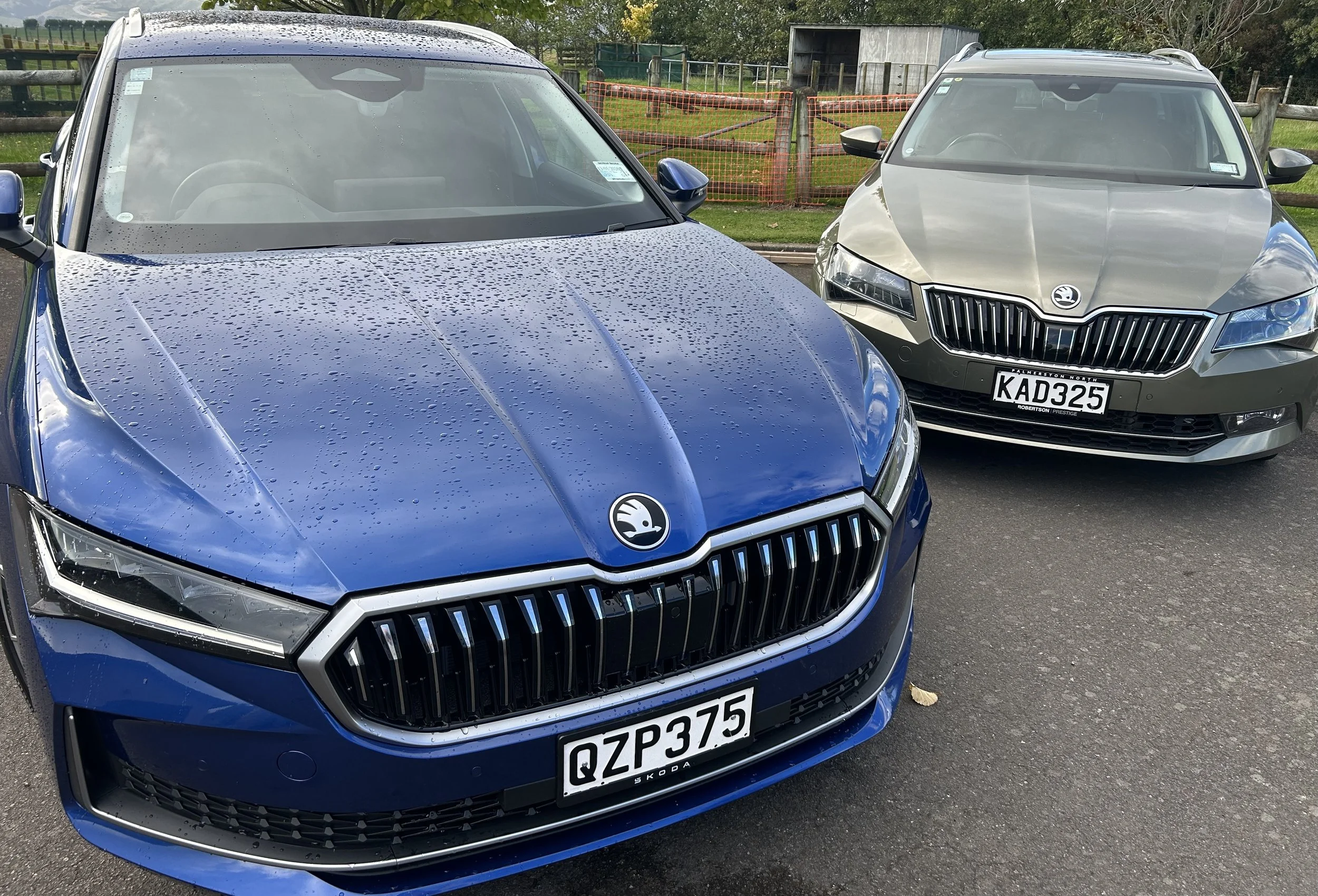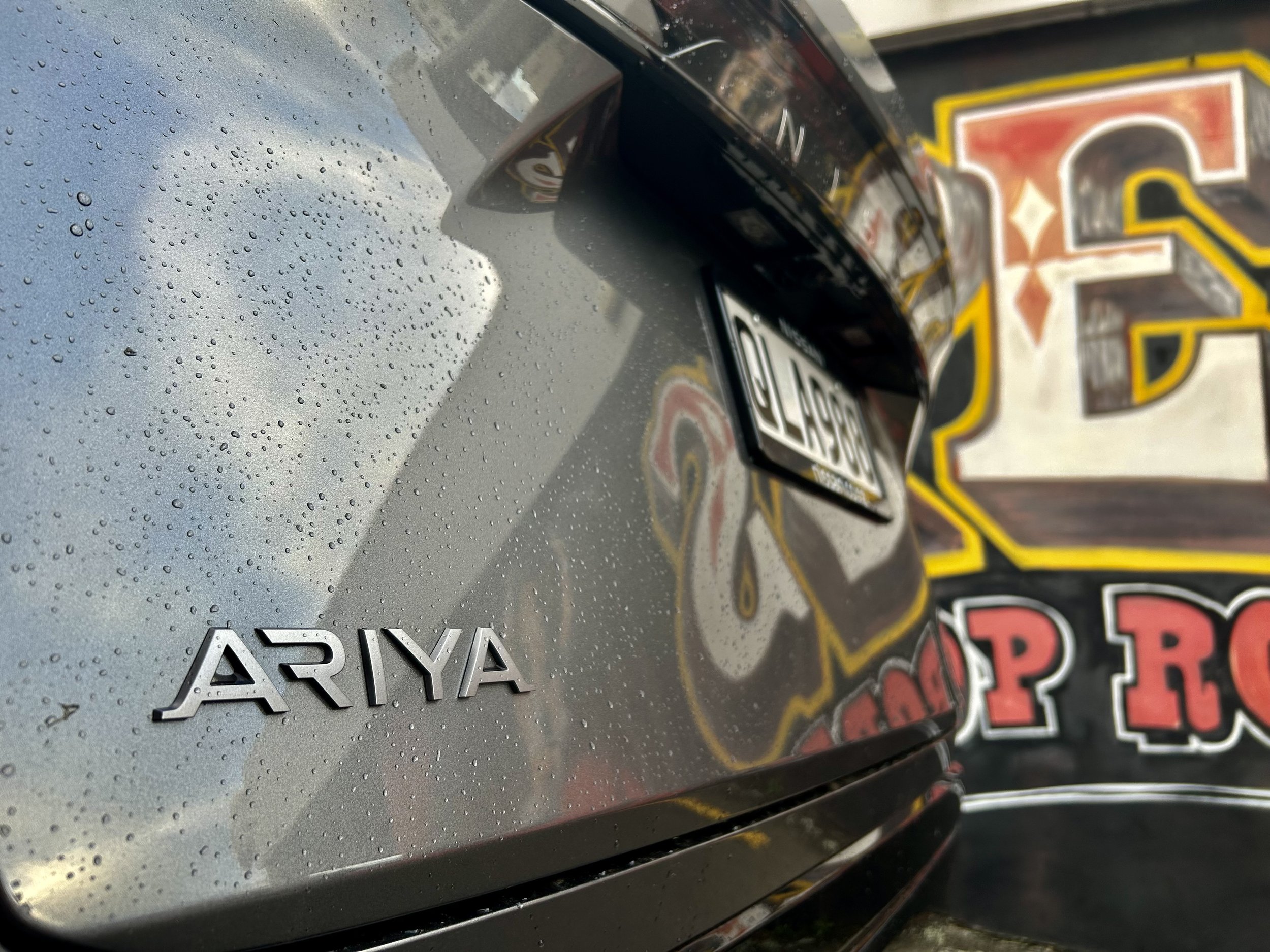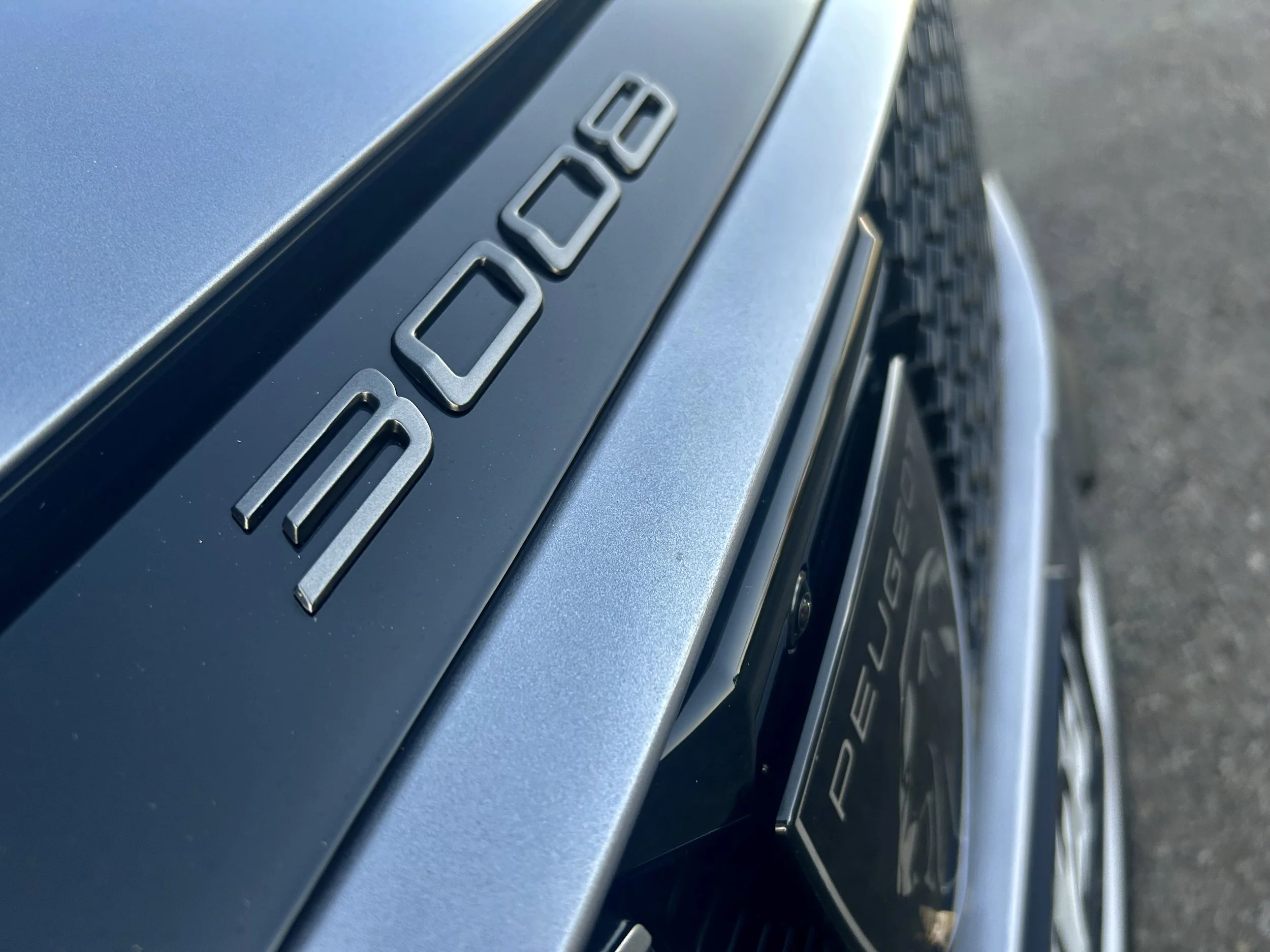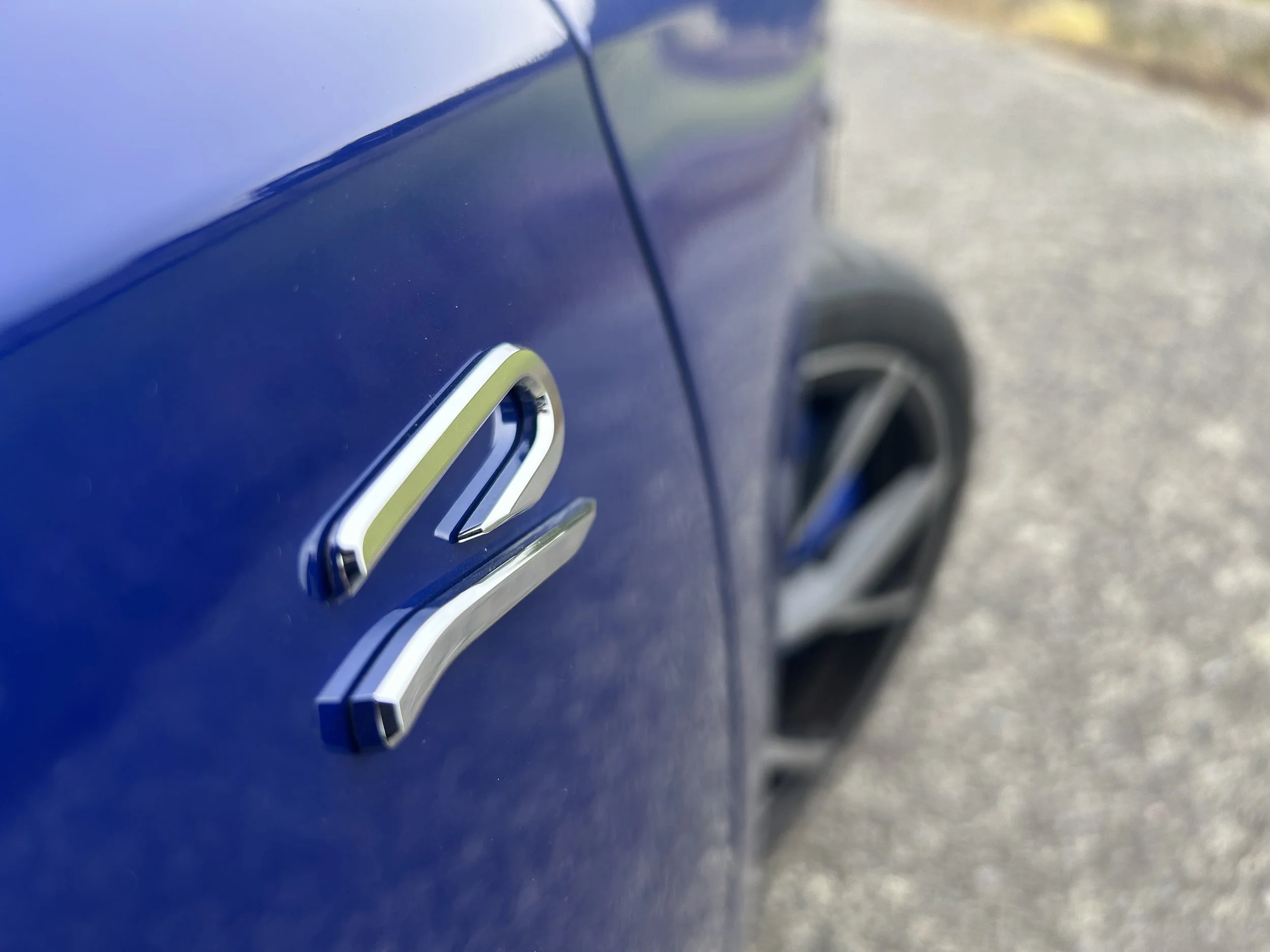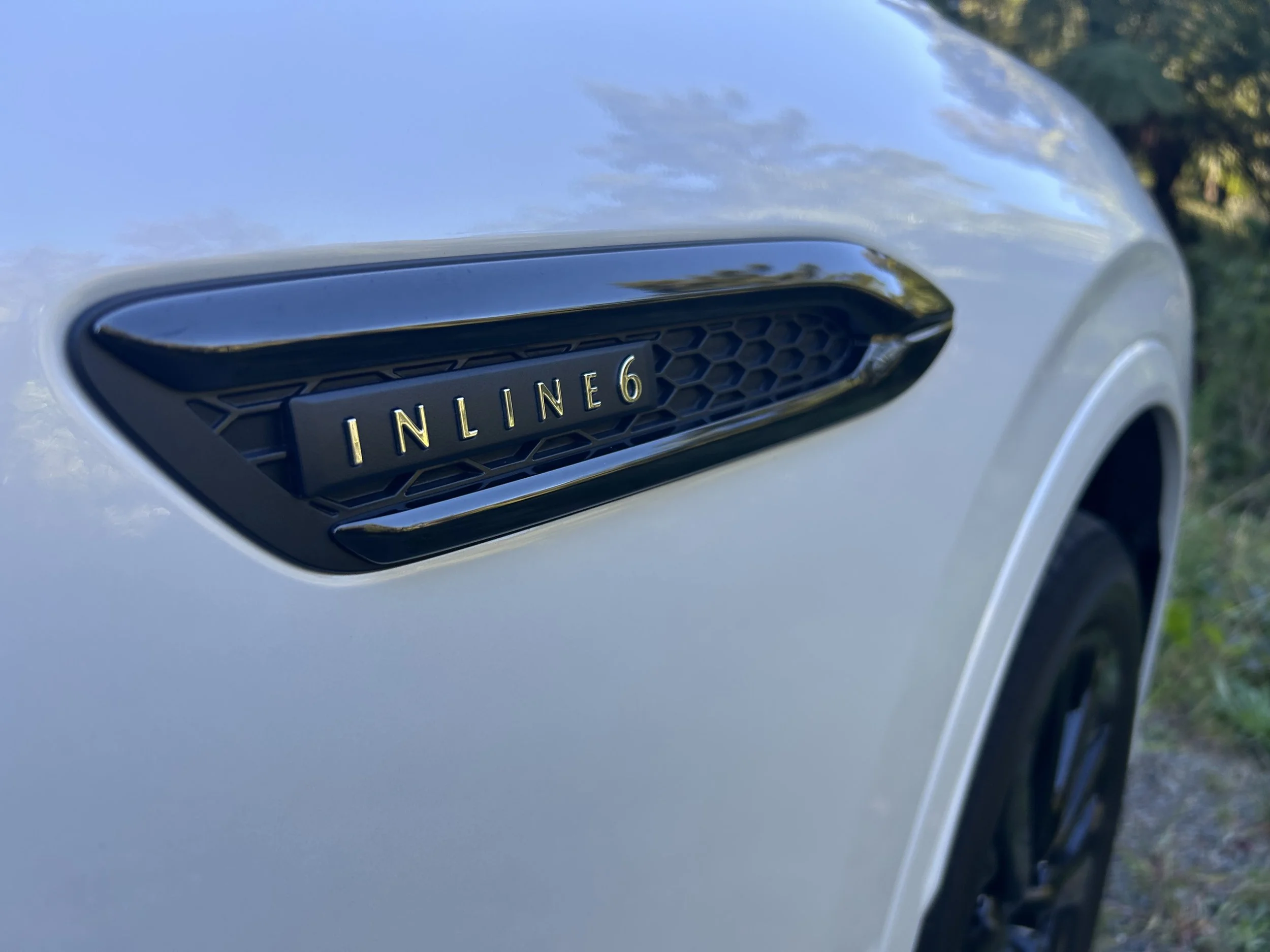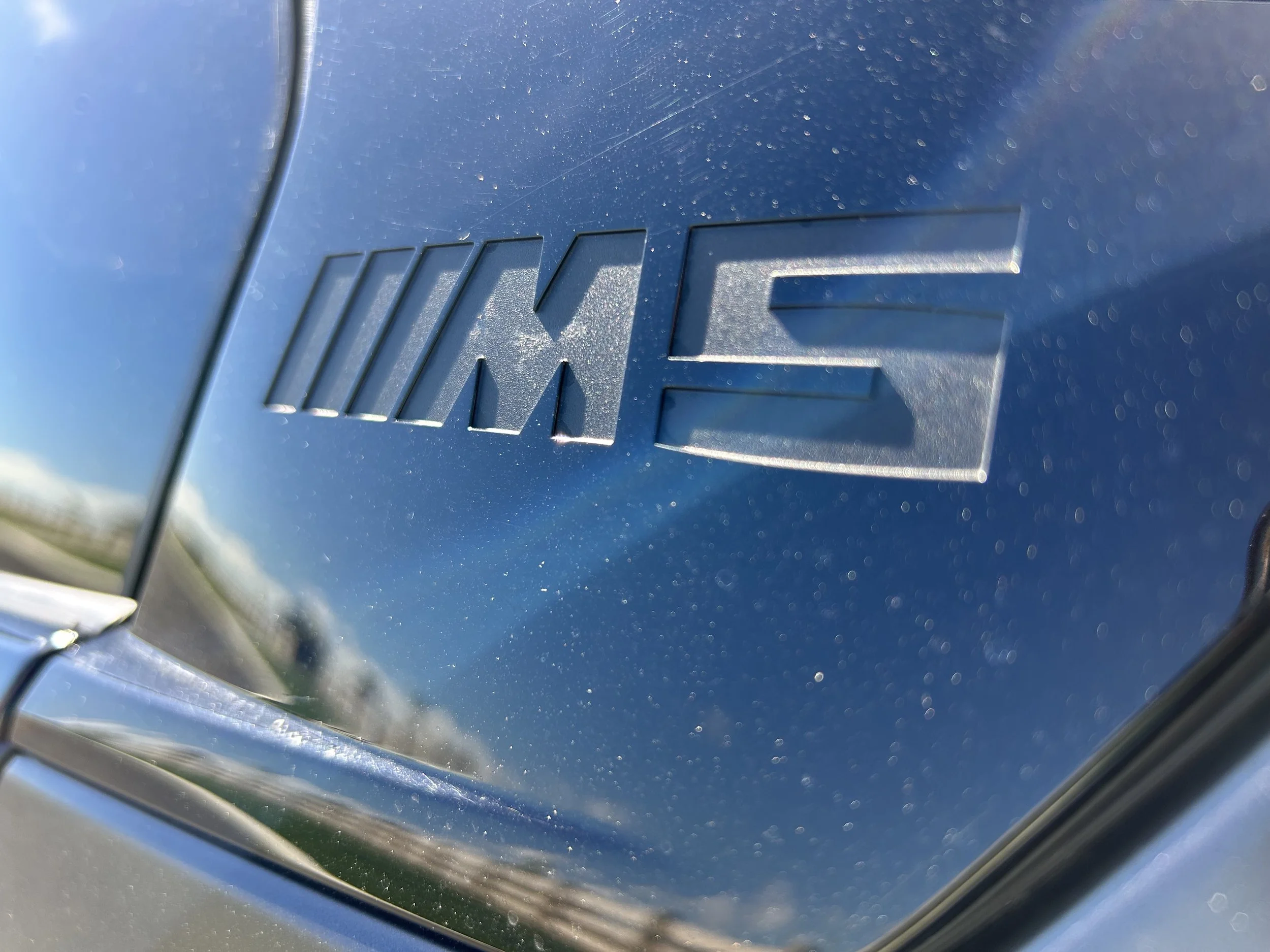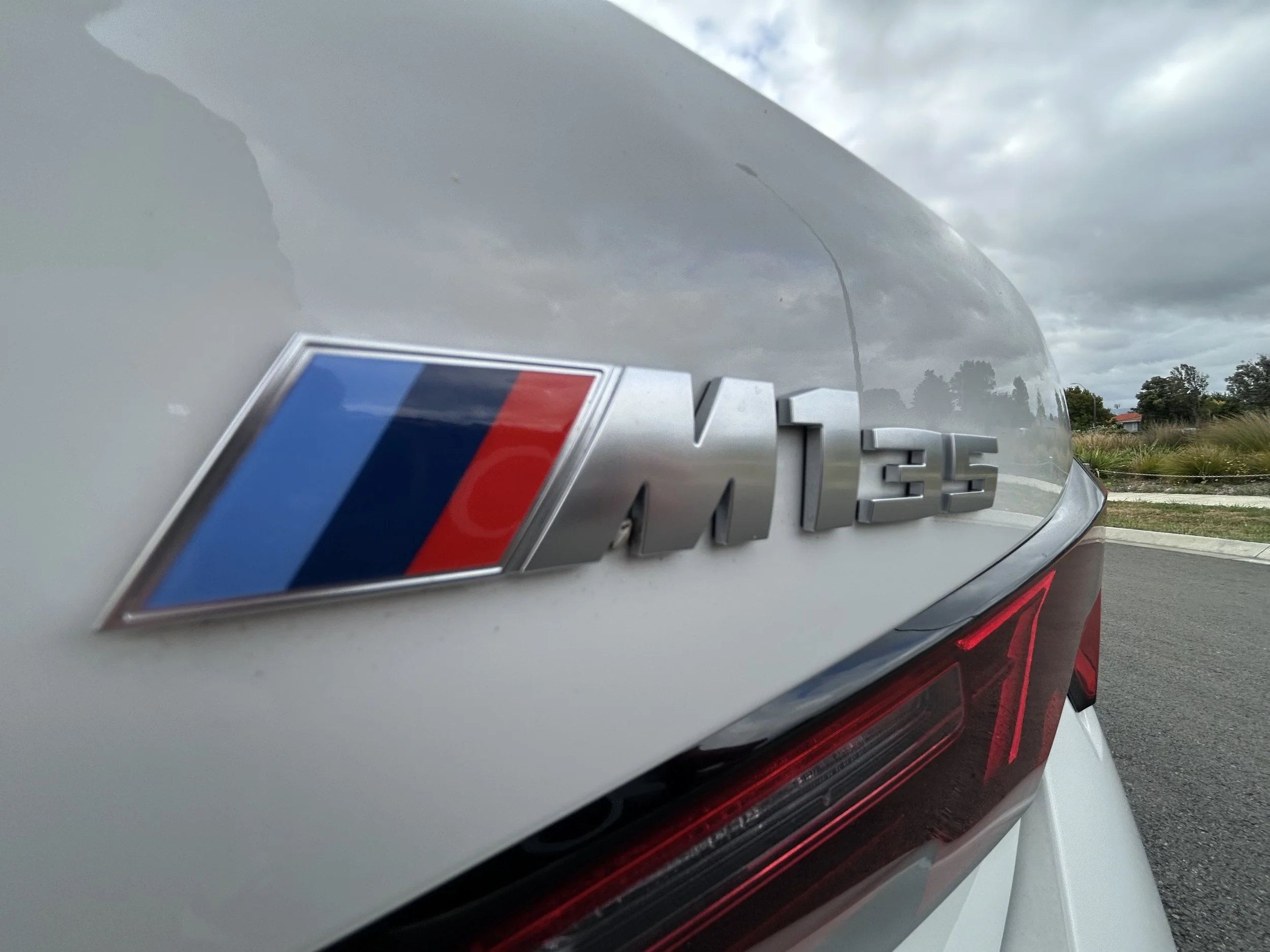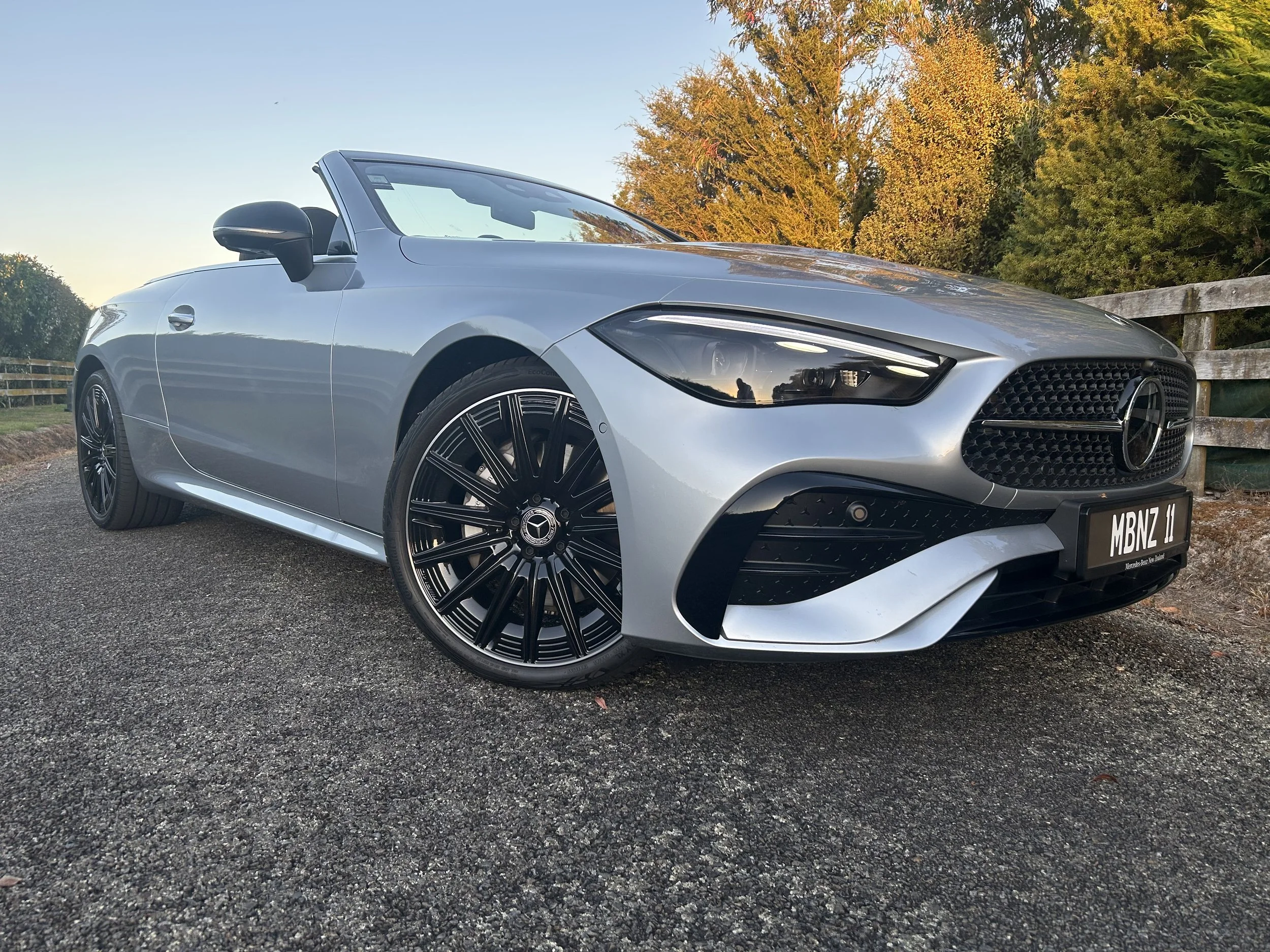Mazda CX-30 Ltd: Chocks away in best-dressed baby
/A flying visit allows new smooth to meet vintage industrial
Base Price: $50,990
Powertrain and performance: SkyActiv-G 2.5-litre four cylinder DOHC petrol engine with i-Stop and cylinder deactivation, 139kW/6000rpm, 252kW/4000rpm. All-wheel drive. 6.8 L/100km.
Vital statistics: Length 4395mm, height 1540mm, width 1795mm, wheelbase 2655mm. Luggage 430 litres. Wheels: 18-inch alloys with 215/55 R168 tyres.
We Like: Very attractive styling, sophisticated level of specification, secure and safe drive.
We don’t like: Slightly lumpy ride at the lower speeds. It’s not a coupe, Mazda.
Beauty is in the eye of the beholder – a phrase that came to mind during this stint with Mazda’s swish new compact SUV, the CX-30.
That’s because we used the vehicle to head to Tauranga and introduce it to a machine 77 years its senior – a Boeing Stearman biplane.
When we parked the smooth Mazda in front of the more industrial American aircraft, the contrast between the two was starkly apparent, because one was streamlined to the extreme, while the other was definitely not.
Of course they are totally differences pieces of transport technology in that one is a new-age motor vehicle and the other is a vintage aircraft, but they are both the result of industrial design excellence of the day.
And visually, they are both highly attractive.
Maybe you ask: How can a 1943 biplane, with its big undercarriage, wings made of wood and fabric that are joined together using struts and wire, and which is powered by a nine-cylinder radial engine that burns through 46 litres of fuel and up to three litres of oil an hour, be considered attractive?
Well…- it just is, that’s how. With its bright yellow wings, silver fuselage and red tail (the US Navy painted them those colours so they were easier to spot whenever one crashed), the Stearman is one of those aircraft that simply looks like it is meant to fly.
And it did too – in its thousands. More than 10,000 of them were built in the 1930s and 1940s as primary trainers, and following the end of World War II a large number were sold on the civilian market for recreational flying. As a result there are a number of them in New Zealand, this example operated by Classic Flyers New Zealand.
Mind you, it has to be said that the Stearman doesn’t offer particularly comfortable flying. It’s interior is spartan to the extreme. An open cockpit means the environment is noisy and windy. When taxiing forward visibility is so limited the pilot has to weave from side-to-side to see where to go.
But once the biplane is in the air, the experience is a joy. As the aircraft trundles along at not much more than New Zealand’s open road speed limit, you appreciate the fact that the Stearman was designed and built for a purpose. As a primary trainer, introducing thousands of young pilots to the world of aviation.
And that makes you wonder if these days, with so many vehicles registered for use on New Zealand’s roads that we have among the world’s highest car ownership statistics, can motoring also still be a joyful experience?
Mazda certainly thinks so. It believes it is still possible for an emotional bond to be created between car and driver. It’s all to do with personal freedom, travel, and the appeal of actually being behind the wheel of a car.
As a result, the Hiroshima-headquartered company aims for autonomous technologies to support, not replace, the driver. While other carmakers might be heading towards ‘machine-centric’ automation, Mazda takes what it calls a ‘human-centric’ position by developing all sorts of electronic aids that are there to help, not dominate.
All of that is the reasoning behind a vehicle design philosophy the company calls Kodo – Soul of Motion. Call it marketing hype if you will, but it’s a fact that in recent years this philosophy has resulted in creation of some outstanding vehicles.
The latest is this new CX-30. In essence this vehicle is the SUV version of the new Mazda3 hatch. As such it plonks itself into a gap on Mazda’s SUV fleet between the smaller CX-3 and the larger CX-5.
That gap needed to be filled, too. The new vehicle enters a market segment officially known as SUV Compact, which is growing so quickly it is due to take over from SUV Medium as New Zealand’s most popular vehicle segment.
As at the end of April both these segments held a 19 percent market share. But in April itself – albeit a very bad sales month due to the Covid-19 shutdown – SUV Compact claimed a massive 26 percent market share, while SUV Medium held 14 percent.
CX-30 cabin rather more comfortable than Stearman’s …. .but comes second-best for all-round visibility.
The CX-30 has been designed using the Kodo principle, and as a result it has perhaps the best exterior simplicity of form of any of the compact SUVs currently available in this country. In stark contrast to the old Stearman biplane which could hardly be described as streamlined, this Mazda is very smooth to the eye.
It offers a smooth drive, too. Our model for test was the top CX-30, a $50,990 2.5-litre Limited. That’s quite a bit of money for a compact SUV, but it does carry a lot of kit, particularly from a safety perspective – including Mazda’s i–Activ electronic all-wheel drive system, and a wealth of passive and active driving aids.
These include lane-keep assist, active cruise control, blind-spot monitoring, front and rear cross traffic alert, and active emergency braking that recognises cyclists and pedestrians. Little wonder then that all this has contributed to the CX-30 being awarded a five-star Ancap rating which included a 99% score for adult occupant protection, the highest ever recorded.
Powering the CX-30 Limited is Mazda’s 2.5-litre SkyActiv-G engine that a lot of New Zealanders have already experienced aboard such product as the CX-5, Mazda3 and Mazda6. In this application it offers 139 kilowatts of power and 252 Newton metres of torque which is ample for a vehicle of this size.
Mazda’s SkyActiv technology has been developed with economy in mind, and as such the 2.5-litre engine features an i-stop system which automatically stops the engine running at places such as the traffic lights, and cylinder deactivation which runs the vehicle on two cylinders when circumstances permit.
All this helps the CX-30 boast an official fuel consumption of 6.8 L/100km – which seems a bit low to me. I rate myself as a careful driver and I couldn’t get better than 8 L/100km. But still, it has to be said even that is very good for a vehicle that is all-wheel-drive.
The CX-30 sits about 45mm higher than a Mazda3, but despite that higher ride the vehicle still offers a secure ride. This is helped along by Mazda’s G-Vectoring Control Plus system that helps make cornering as smooth and comfortable as possible by tweaking engine torque and gently braking the outer front wheel.
The vehicle is also shod with a new concept tyre which has smaller sidewalls and a more rigid tread, which Mazda claims helps give a smoother ride because the tyre distorts less when hitting a bump.
A feature of the new CX-30 is its interior, which is very good. It’s slightly different in design to the Mazda3’s, but offers the same level of specification, including an Active Driving Display with a wide-screen centre display, and a rotary Commander Control on the centre console.
At the Limited specification level the vehicle has a black cabin theme that includes black leather seat trim, which is pretty much the same as that aboard the hatch/sedan.
All in all, the new Mazda CX-30 appeals as an outstanding new entry in the compact SUV market, and it should immediately play a major role in taking that market segment to the lead in the new vehicle sales statistics.
The MMNZ marketing people are advertising the vehicle as combining coupe styling with SUV practicality. I wouldn’t go quite that far, even though the CX-30 definitely appeals as a very good-looking vehicle.
That’s especially the case when you park it alongside something as lumpy as an old WWII biplane. But then again, beauty is in the eye of the beholder, huh?























